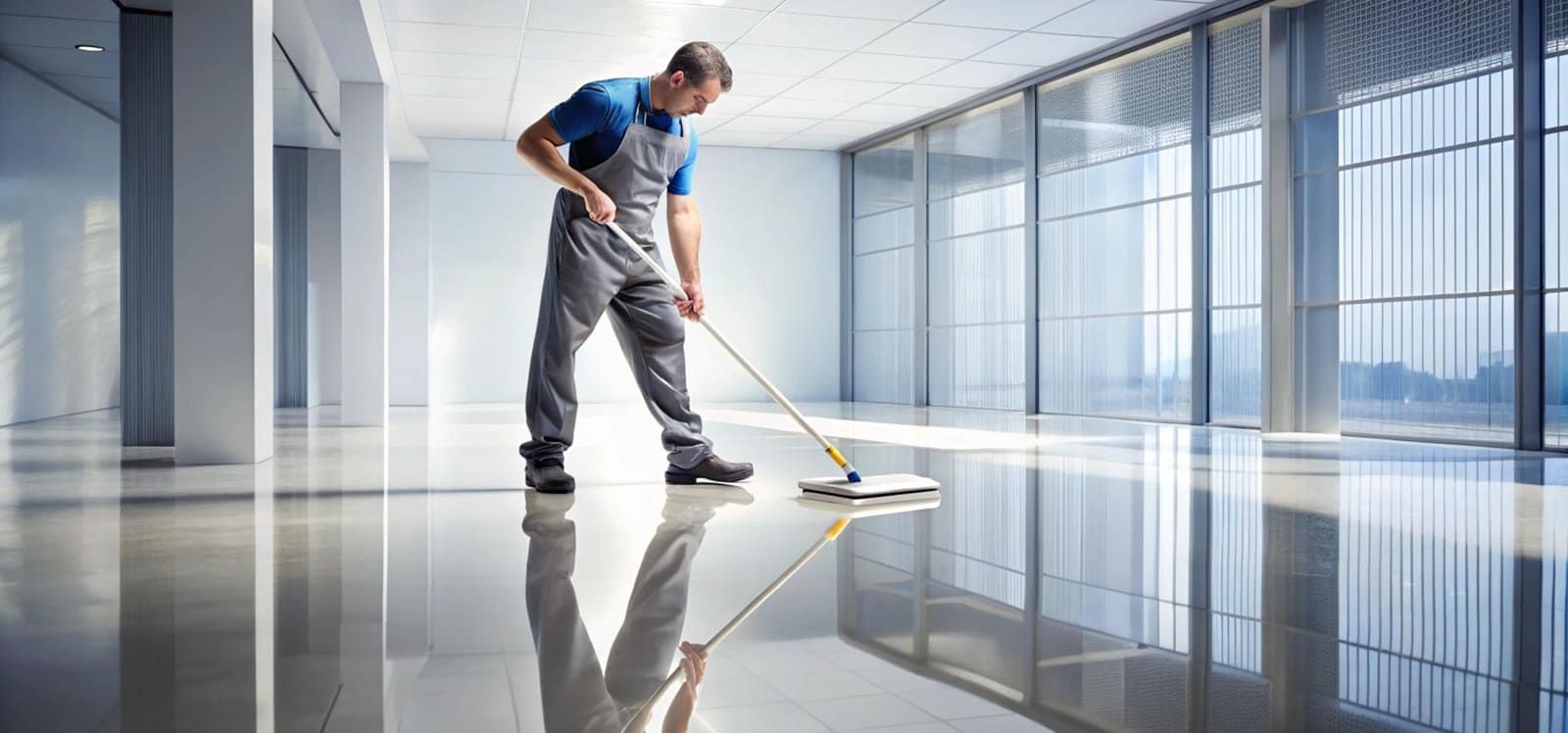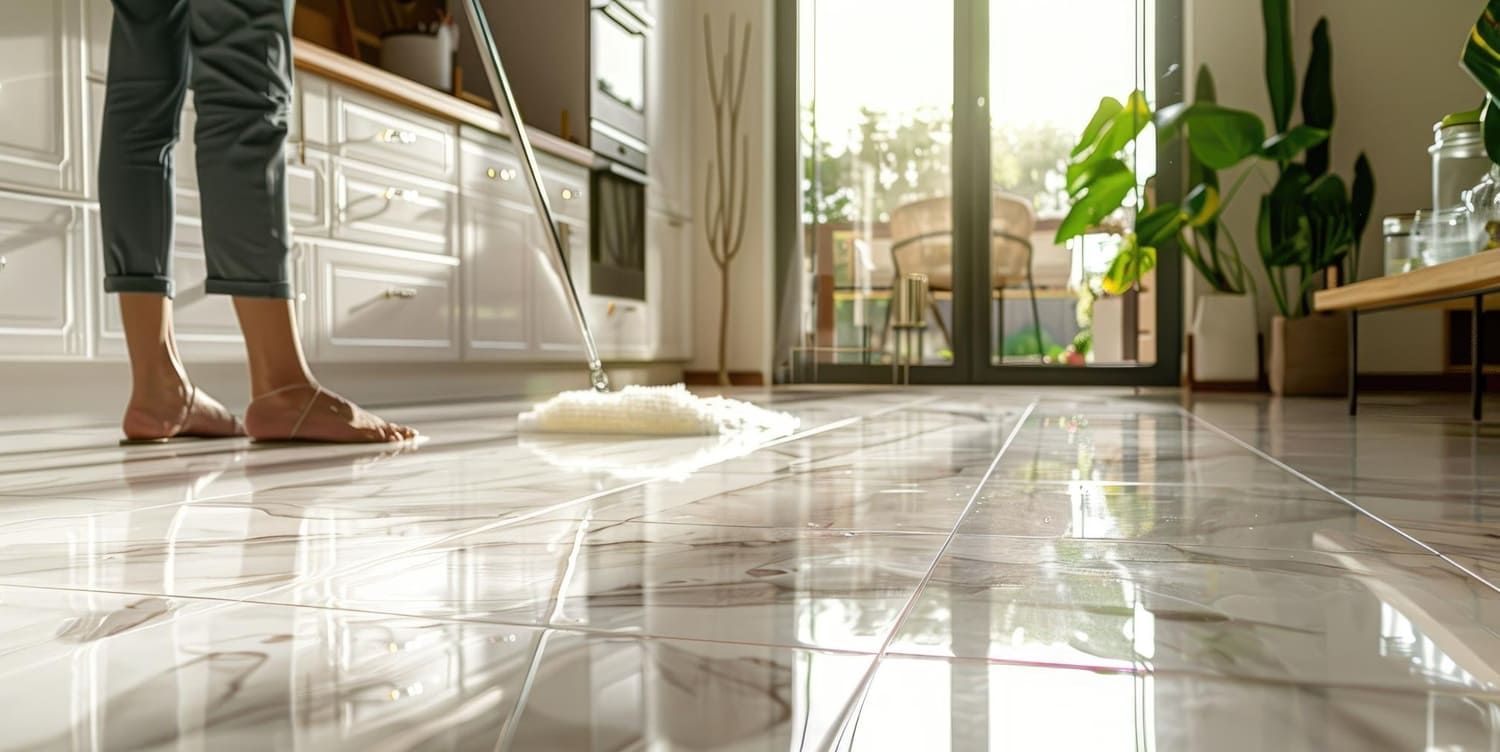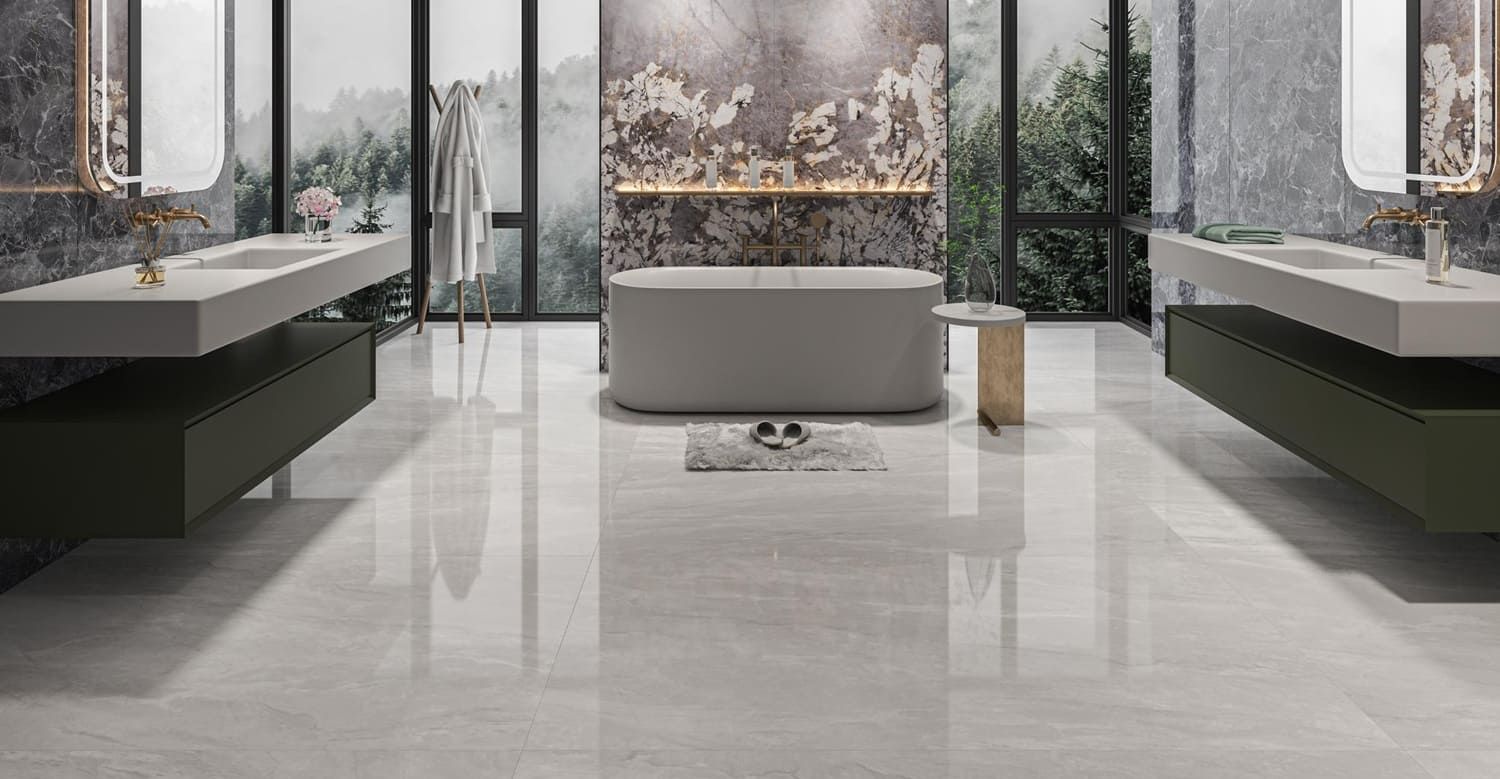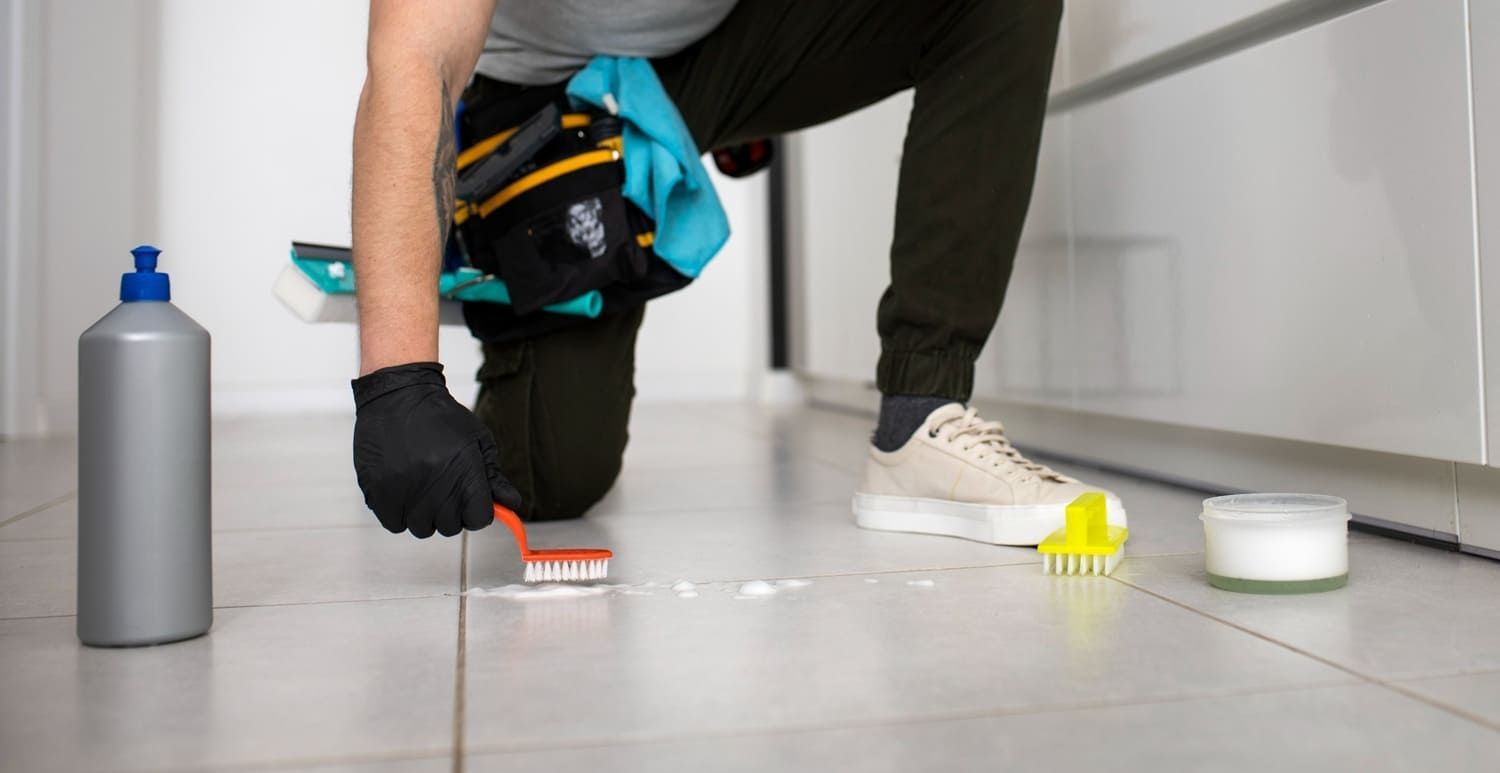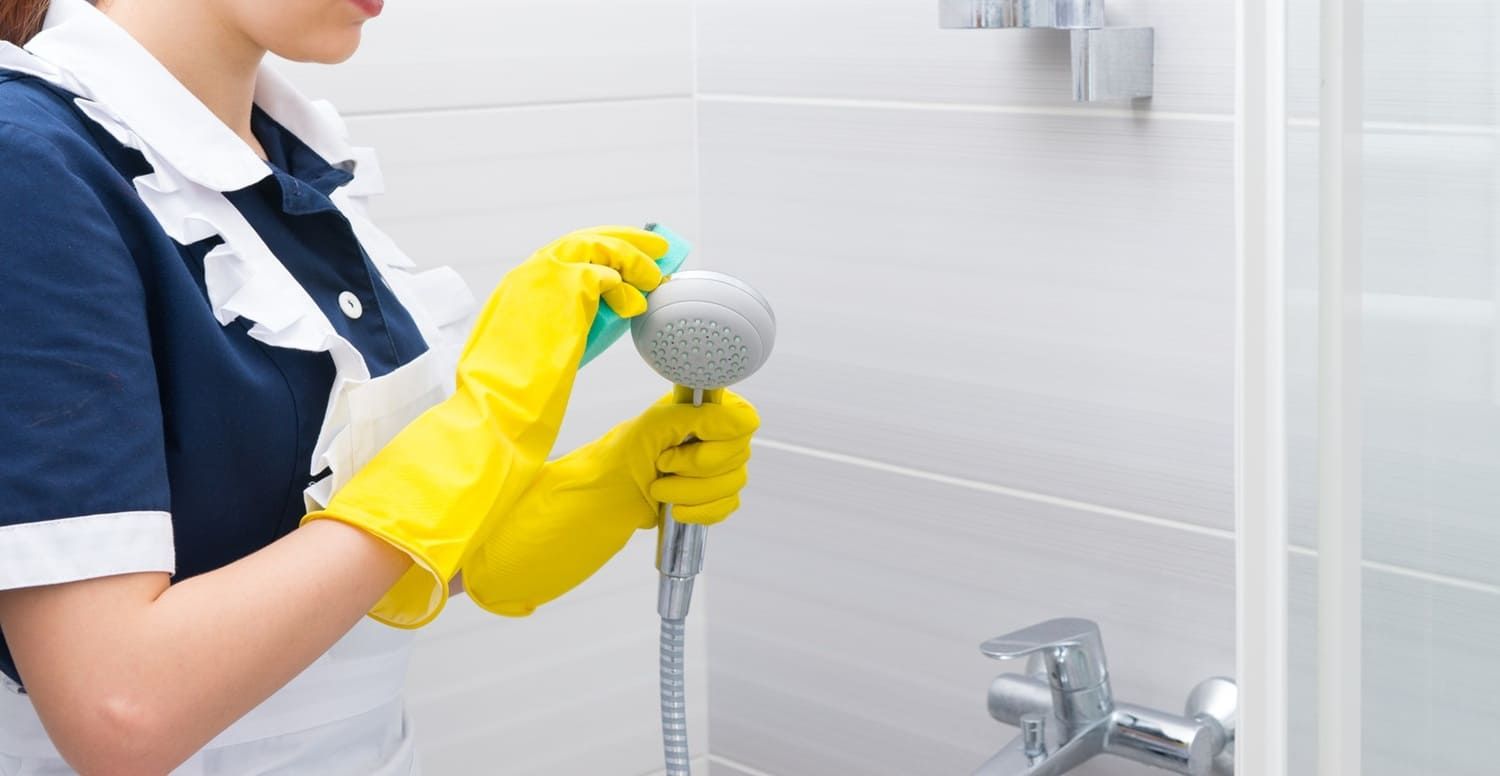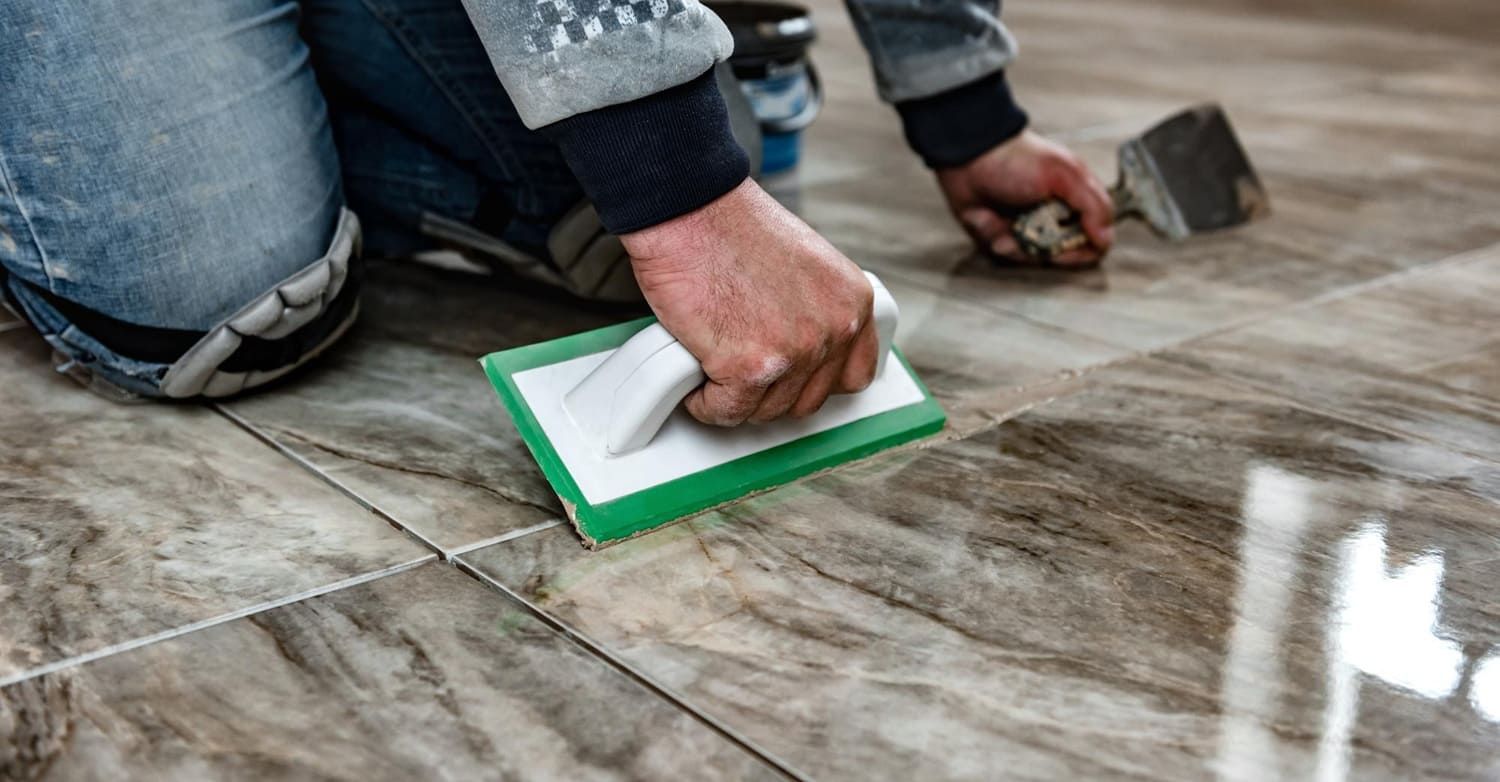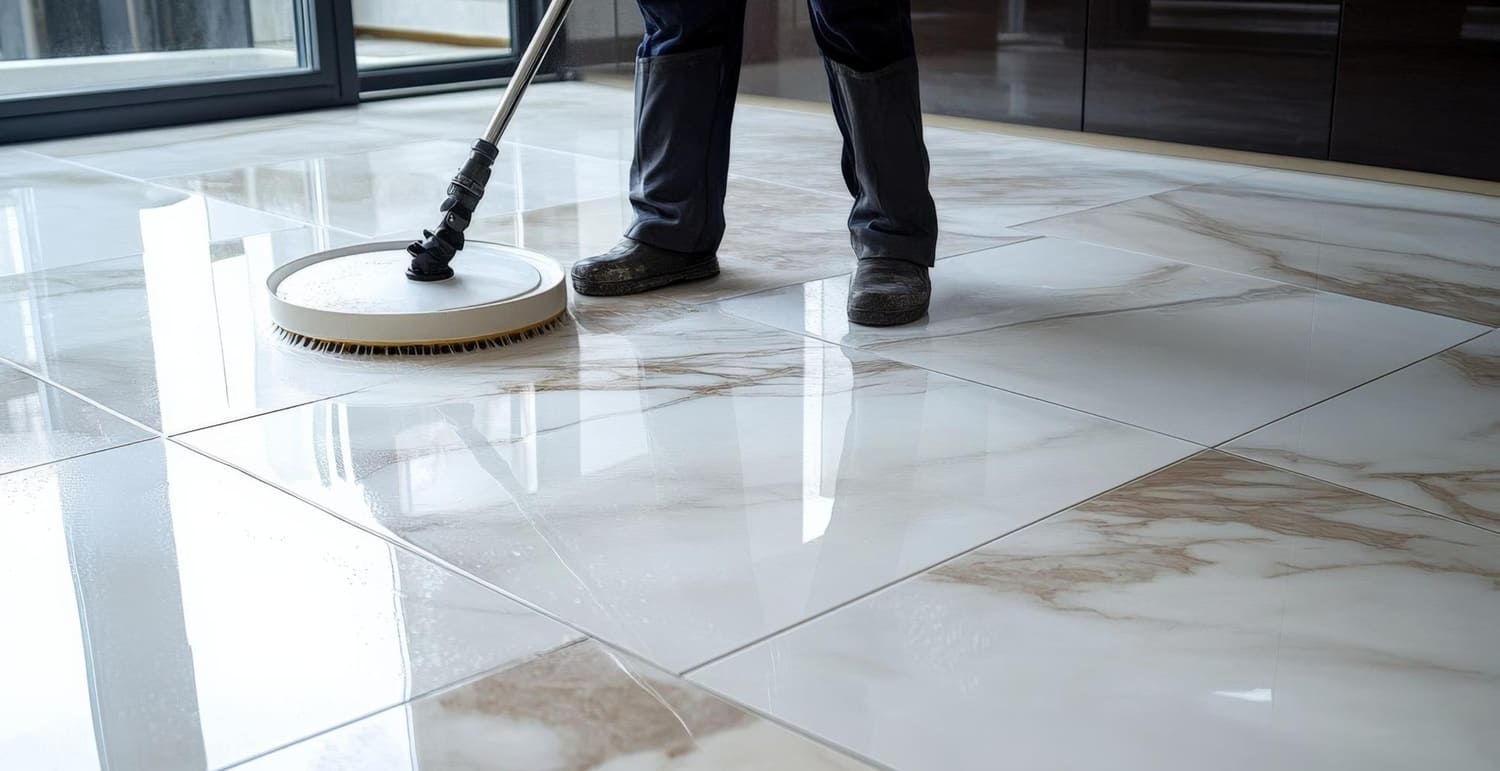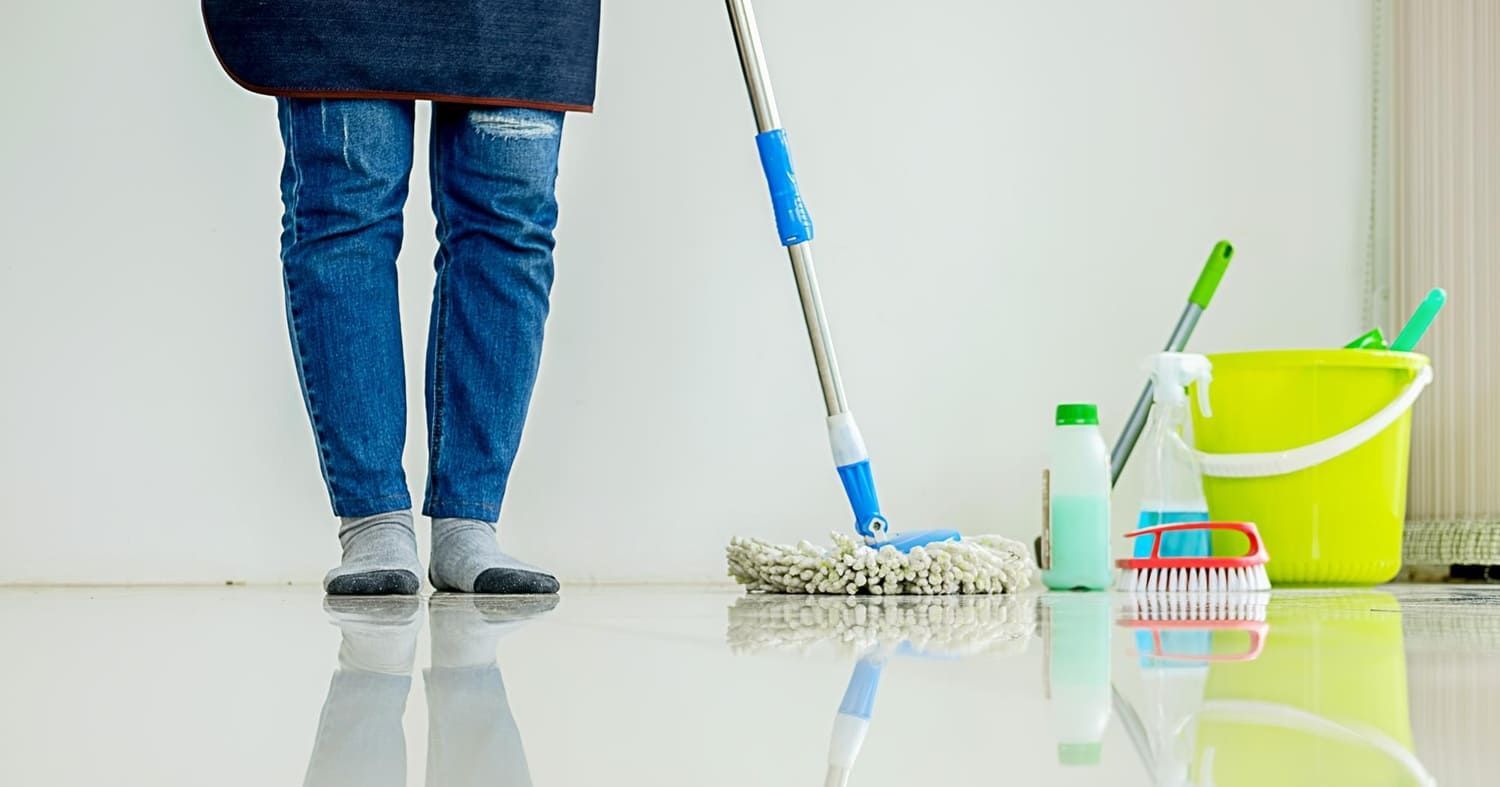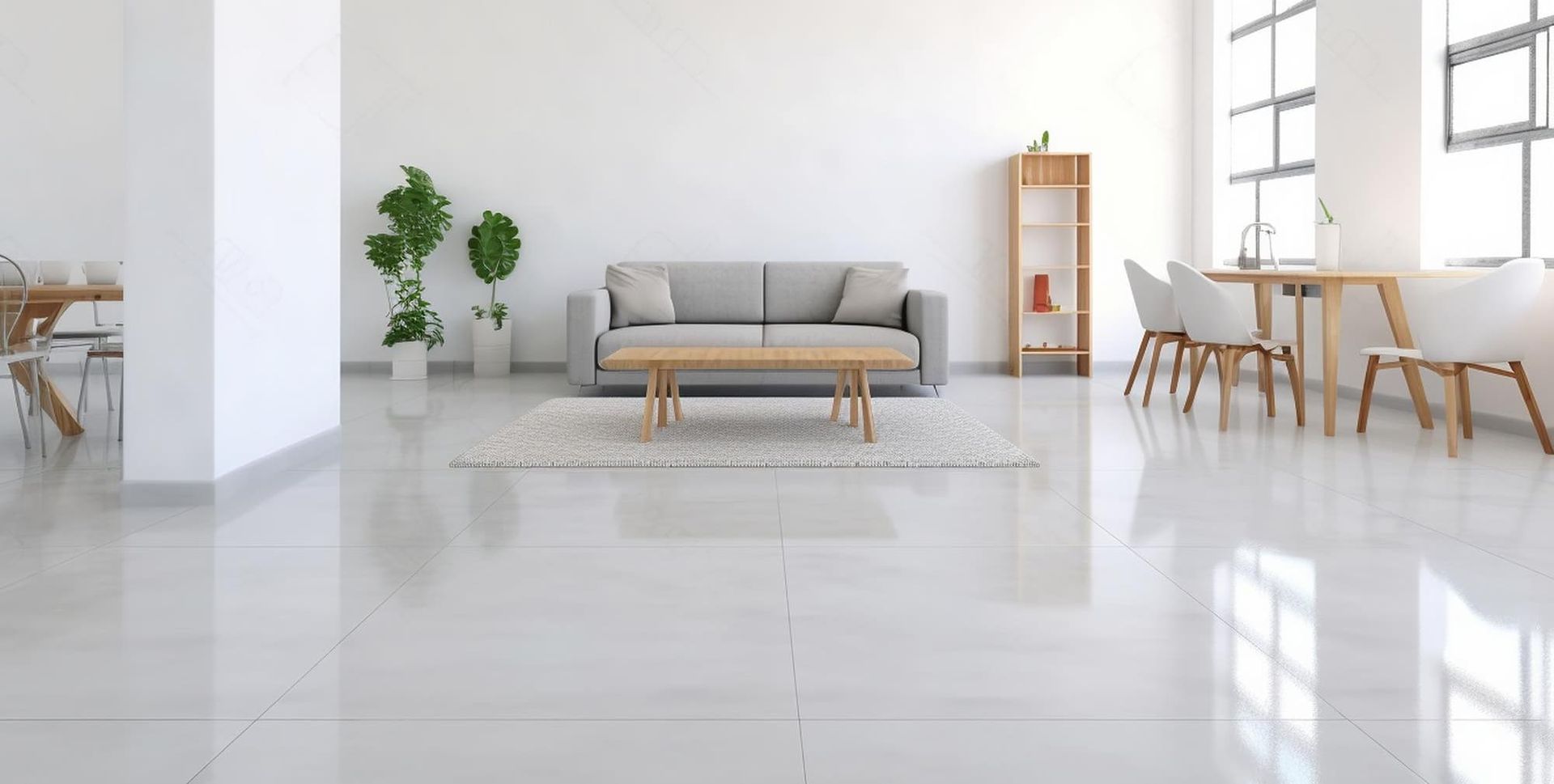The Complete Guide to Travertine Sealers: Everything to Know
If you are looking for ways to give your travertine floor the right look, this guide can help. Here is everything you need to know about travertine sealers.
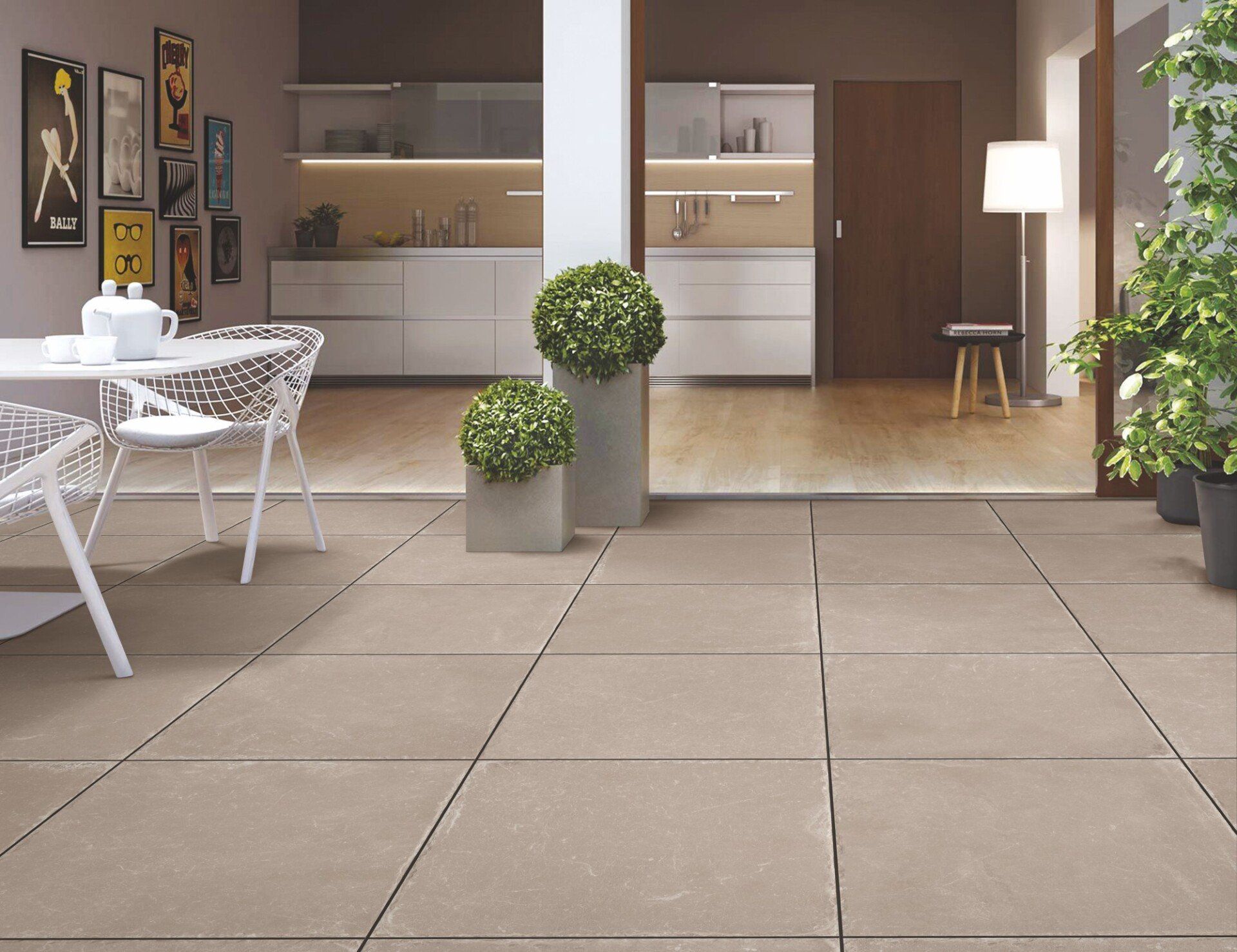
What do the Colosseum in Rome, Piccadilly Underground Station in London, and the Getty Center in Los Angeles have in common? They all use travertine as a building material.
If you've chosen travertine for your home or business, you want to keep it looking like new. Travertine sealers are designed to protect the stone surface and enhance its natural beauty.
Learn more about travertine and the benefits of using a travertine sealer. You'll be enjoying the look of your stone surfaces for years to come.
What Is Travertine?
Travertine is a natural stone that is similar to limestone. It forms around mineral springs, especially hot springs.
Fibrous pores in the stone make travertine different from other popular stones, like granite or marble. These holes mean that travertine absorbs water quickly.
Travertine has an elegant, timeless beauty. It can occur in a range of colors, from gray to gold.
Uses for Travertine
The travertine sealer you'll use may depend on how you've chosen to use the stone in your home or business. You can use travertine indoors or outdoors. Because it dries quickly, many people choose travertine for an outdoor pool area.
Other common uses include:
- Interior floors
- Countertops
- Backsplashes
- Bathtub surrounds
- Shower walls
- Patios
- Walkways
Its durability makes travertine a good choice as flooring in homes with children or pets.
Types of Finishes
Travertine is available in four finishes or textures:
- Tumbled
- Brushed
- Honed
- Polished
Your stylistic preference and where you're using the stone affect which finish you'll choose. Some sealers will work better with certain types of finishes.
A tumbled finish has a natural look and a textured surface. It has a non-reflective (matte) appearance. The edges of tumbled travertine tiles are rounded.
A brushed finish is similar to tumbled. Tiles with a brushed finish don't have rounded edges, though.
Honed travertine has an appearance between matte and glossy. It looks subtly polished. The process to make honed travertine fills the pores of the stone.
Polished travertine is smooth and shiny. Like honed travertine, the holes in the stone are filled in.
Benefits of Travertine Sealers
A sealer is a protective coating for your travertine surfaces. It provides many benefits for your investment. Travertine sealers fall into one of three categories:
- Penetrating, which leaves the surface unchanged after it dries
- Enhancing, which enhances the look of the stone without a glossy finish
- Topical, which leaves a shiny and glossy finish
In addition to these options for sealers, you'll need to choose either a standard or premium sealer. Standard sealers are less expensive, but they give you less protection. A premium sealer ensures you get the most benefits from sealing the surfaces.
Stain Protection
Travertine is durable, but it stains very easily. This is because the stone is porous. One of the main benefits of a travertine sealer is protecting the stone from stains.
Travertine sealers are especially important for countertops. Travertine is particularly vulnerable to acidic spills like coffee, citrus fruits, or wine.
Weather Protection
If you use travertine outdoors, a sealer helps protect it from the weather. UV rays from the sun can bleach the surface.
Cold weather can be especially damaging. Water seeps into the stone and freezes. When the frozen water expands, it can cause the stone to crack or crumble.
Weed, Mildew, and Mold Protection
Travertine sealers protect outdoor applications from weed damage. Weeds are going to grow, but a sealer prevents them from growing into the stone or the spaces between tiles or pavers. Weeds on the surface are easier to remove.
Mildew can be a problem outdoors or indoors. Mold more often affects your travertine bath or shower. A sealer keeps the mold and mildew from growing into the stone.
Longer Life
Sealers help your travertine surfaces last longer. A sealer protects the travertine from wear and tear.
Enhanced Appearance
Travertine sealers enhance the natural colors in the stone. They can give a glossy look that makes the surface appear clean and new. A sealer prevents discoloration that can take away from the beauty of your travertine surfaces.
Potential Concerns about Travertine Sealers
People sometimes worry that a sealer will make travertine too slippery. However, sealed tiles absorb very little water, so they dry faster. You can use an anti-slip additive in the sealer for extra protection.
Another concern is that the surface will become too shiny. Not all sealers have this effect. When you choose a sealer, read the label carefully to find out what the finished surface will be like.
Sealers contain hazardous chemicals. Following the safety instructions will help you avoid potential injury or damage to nearby surfaces.
The benefits of travertine sealers outweigh the potential concerns in most situations.
When to Seal Travertine
You should seal travertine during the installation process. You'll need to reapply the sealer periodically.
How often you need to reapply the sealer depends on the type of sealer as well as how much usage and traffic the travertine gets. Resealing every one to three years is typical.
You can do the water test to see if it's time to reapply your sealer. Pour some water on the surface to make circles about 3 inches in diameter in several places on the travertine surface. Let the water sit for half an hour.
If you see a dark mark or ring, it's time to reseal.
Cleaning Sealed Travertine
Establishing good cleaning habits will keep your travertine looking its best. Start by blotting up spills right away.
Clean surfaces with a sponge or soft cloth. Wet the sponge with hot water to clean small messes. Use a stone cleaner designed for travertine once a day and as needed for larger messes.
Buff the surface dry with a cotton cloth or chamois.
Avoid any type of harsh chemicals or generic cleaners. They can etch the surface and damage the sealer. Even natural products like vinegar or lemon can damage travertine.
In addition, avoid using soap on travertine surfaces. Soap film will dull the surface.
Finding the Right Travertine Sealers
You have many travertine sealers to choose from. Using a quality sealer gives you the best protection. You'll need to reapply it less often.
Advanced Sealers and Cleaners offers you products with the performance of a solvent-based sealer, but the ease-of-use and safety profile of a water-based one. Our travertine sealer is environmentally friendly and easy to apply. It enhances the natural beauty of the stone and leaves a low to medium sheen finish.
Order your travertine sealer today and start giving your stone surfaces the protection they deserve.




